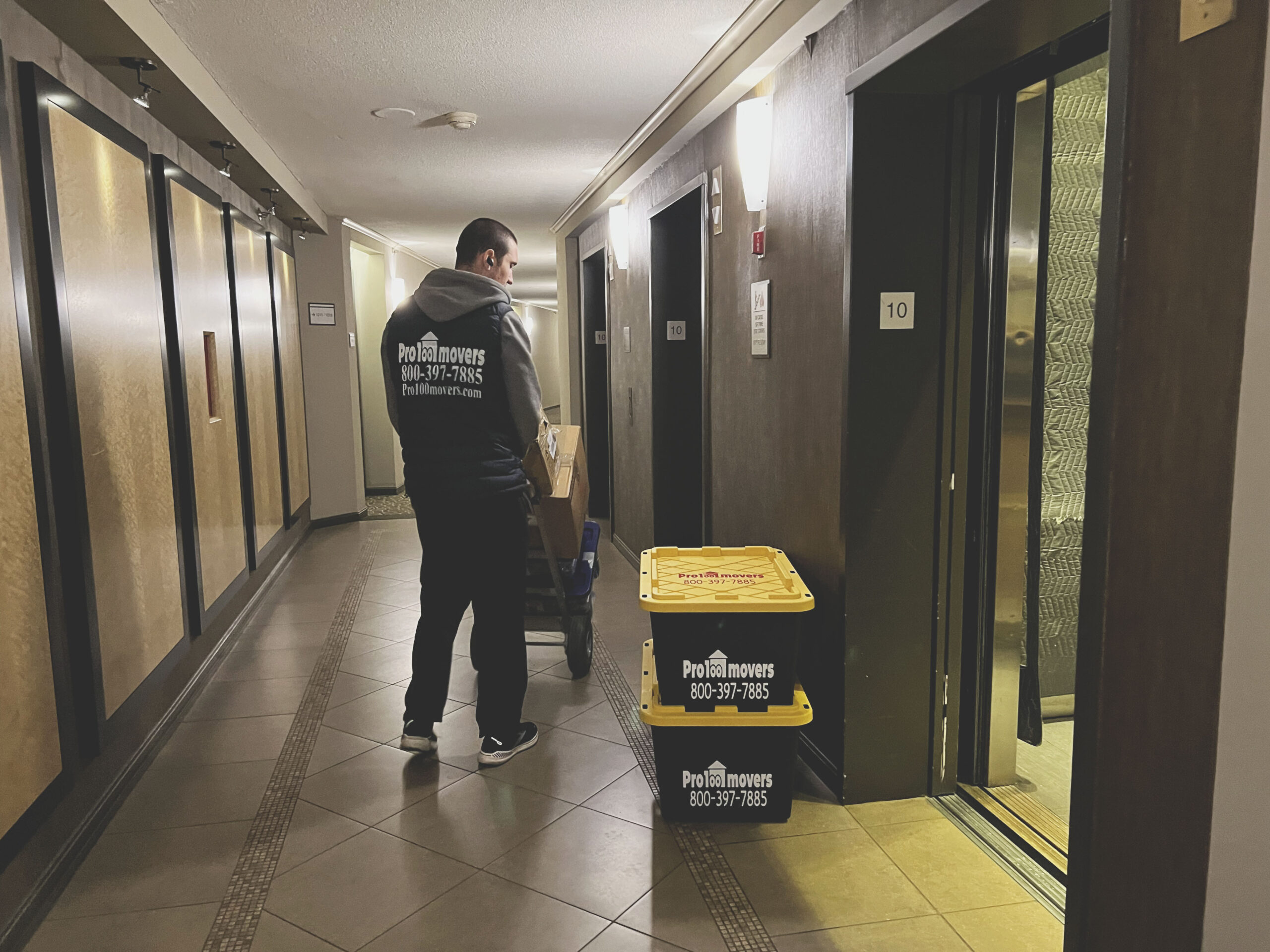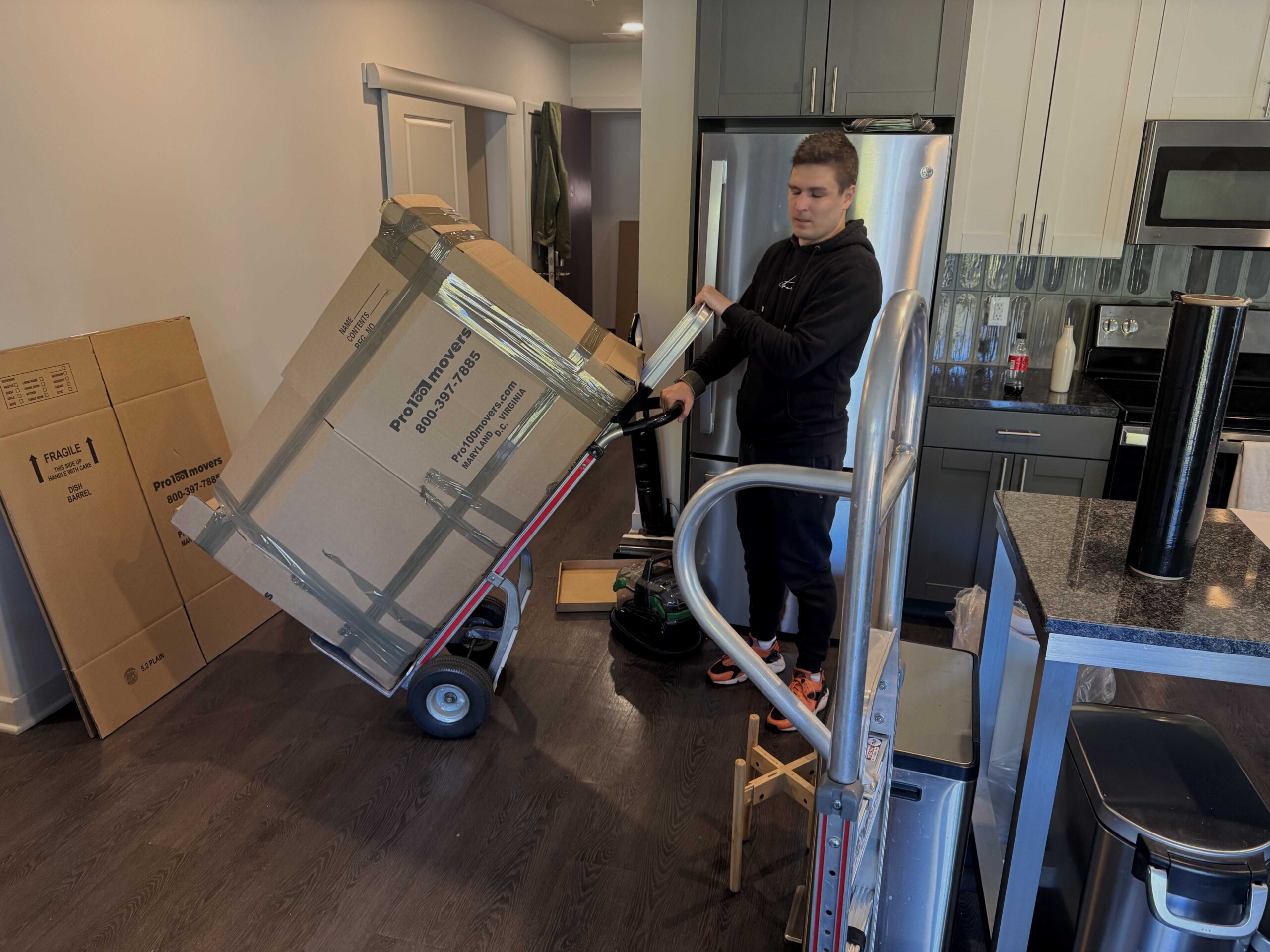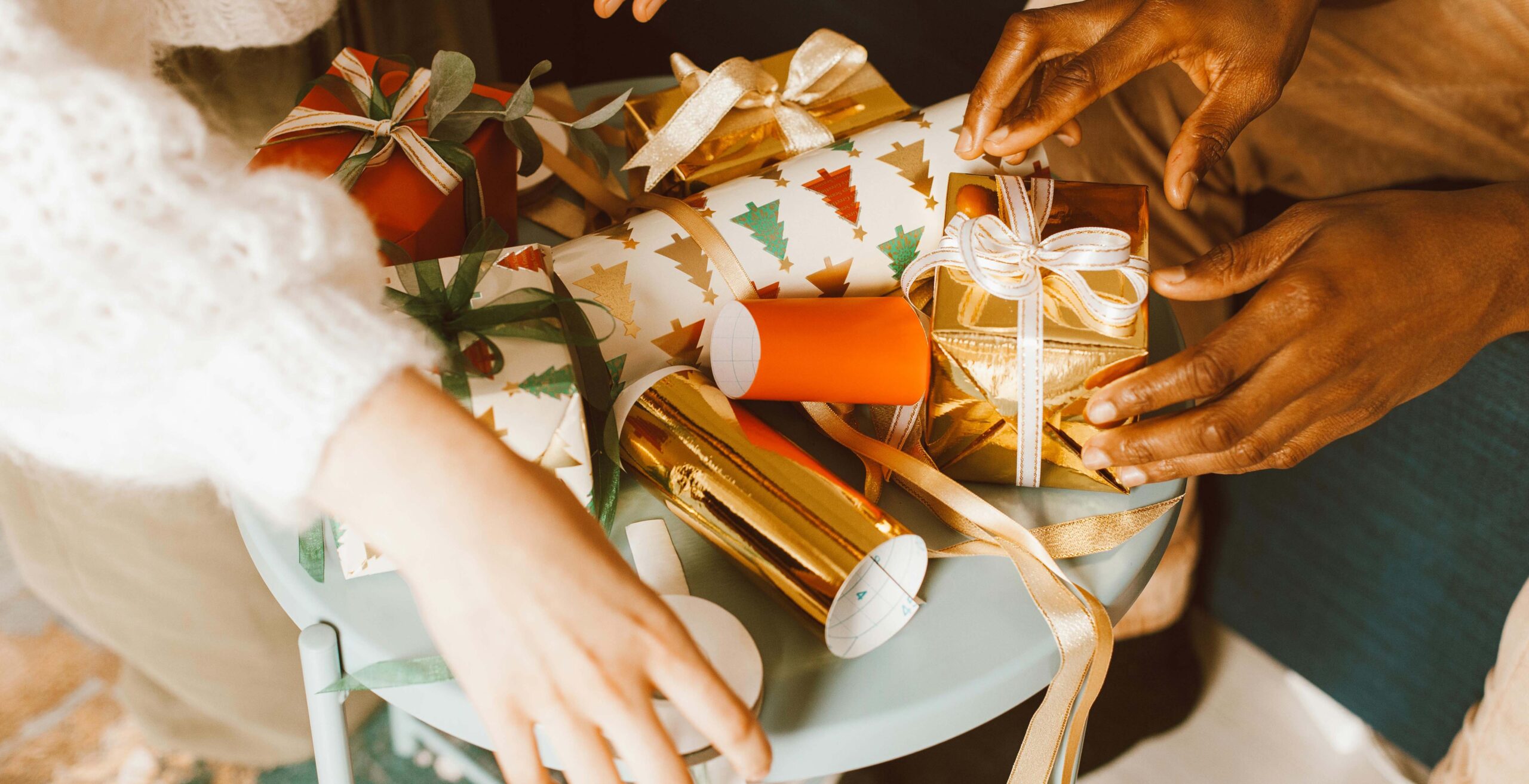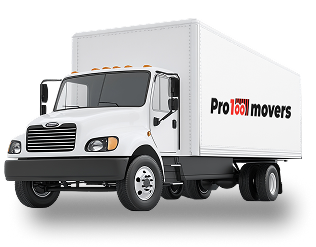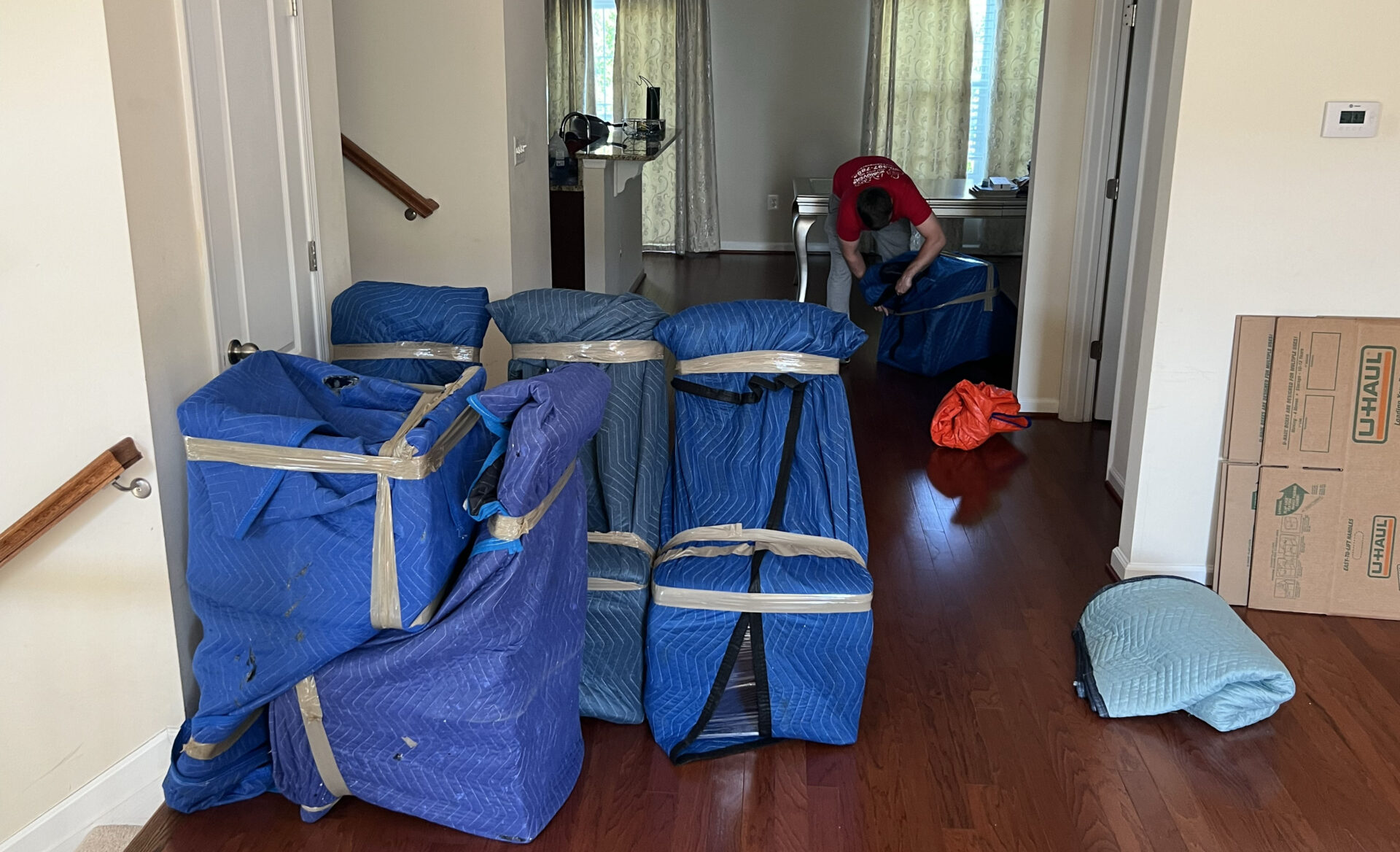
Why Fragile Packing Matters So Much
A long-distance move means your belongings will travel through bumpy roads, tight corners, and multiple hands. Each extra mile adds a chance for vibrations or sudden shifts to cause damage. That’s why a little extra care during packing pays off in the end. By using the best padding materials for fragile move, you can cushion your valuables from shocks, pressure, and scratches. Even something as simple as adding soft paper or foam between delicate surfaces can make a world of difference.
Step-by-Step: How to Pack Like a Pro
Start by gathering the right supplies—sturdy boxes, packing paper, bubble wrap, and strong tape. Use smaller boxes for fragile items; they’re easier to handle and reduce the risk of items shifting inside. Wrap each item individually, especially glass, ceramics, and fine china.
For example, when packing glassware for cross country move, place crumpled paper at the bottom of the box, wrap each piece separately, and fill the gaps with soft padding to prevent movement. The rule of thumb: nothing inside should rattle when you gently shake the box.
If your move involves multiple states or delicate antiques, consider working with trusted professionals. Our team provides expert care to keep your possessions safe throughout every mile. Learn more about our Long distance moving Vienna VA services to see how we handle even the most fragile loads with precision and peace of mind.
Special Tips for Ceramics and Artwork
When protecting ceramics during long move, layering is key. Wrap each piece in bubble wrap first, then add a layer of packing paper for extra cushioning. Always label these boxes as “FRAGILE” on several sides.
Artworks and mirrors require special treatment—use corner protectors and flat boxes designed for frames. Spending a few extra minutes on these steps can save you hours of frustration and costly repairs later.
The Magic of Double-Boxing
Professional movers often rely on the double-box technique. When you double box fragile items moving, you place the first packed box inside a slightly larger one, filling the space between them with padding materials. This creates a protective buffer that absorbs shocks during transport, keeping fragile belongings safe from impact.
And if your plans have changed suddenly or you’re short on time, don’t stress—our Last minute job Vienna VA service offers quick, reliable moving assistance exactly when you need it.
Final Thoughts
Packing fragile items safely isn’t just about boxes and tape—it’s about peace of mind. With the right techniques, materials, and a little patience, you can ensure your most precious belongings arrive at your new home just as beautiful as they left.
And if you’d rather spend your time enjoying the excitement of a new beginning, let Pro100Movers handle the packing for you. We’ll treat your items with care, so your move is smooth, stress-free, and worry-free from start to finish.
FAQ: Packing Fragile Items for a Long-Distance Move
What is the best way to pack glassware for a long-distance move?
Use sturdy boxes, wrap each glass in packing paper, and fill gaps with cushioning materials. Make sure nothing moves inside the box when shaken gently.
Should I use bubble wrap or paper for fragile items?
Both! Start with bubble wrap for shock absorption, then add packing paper for extra protection and to prevent scratches.
What does double-boxing mean?
Double-boxing means placing a packed box inside a larger one with additional padding between them for extra protection.
How can I protect ceramics during a long move?
Wrap each ceramic item in bubble wrap, then add a layer of packing paper. Mark the box as “FRAGILE” and place heavier items at the bottom.
Is it better to hire professionals for fragile packing?
Yes, professional movers have the materials and experience to handle delicate items safely, reducing the risk of damage during transit.
Recommended Materials for Packing Fragile Items
| Material | Purpose | Recommended Use |
|---|---|---|
| Bubble wrap | Shock absorption | Wrap around glassware, electronics, and ceramics |
| Packing paper | Scratch prevention | Layer between delicate items |
| Foam sheets | Cushioning | Line the inside of boxes for extra padding |
| Corrugated inserts | Box stability | Use between layers of items in one box |
| Strong packing tape | Sealing and reinforcement | Secure box seams and edges |
